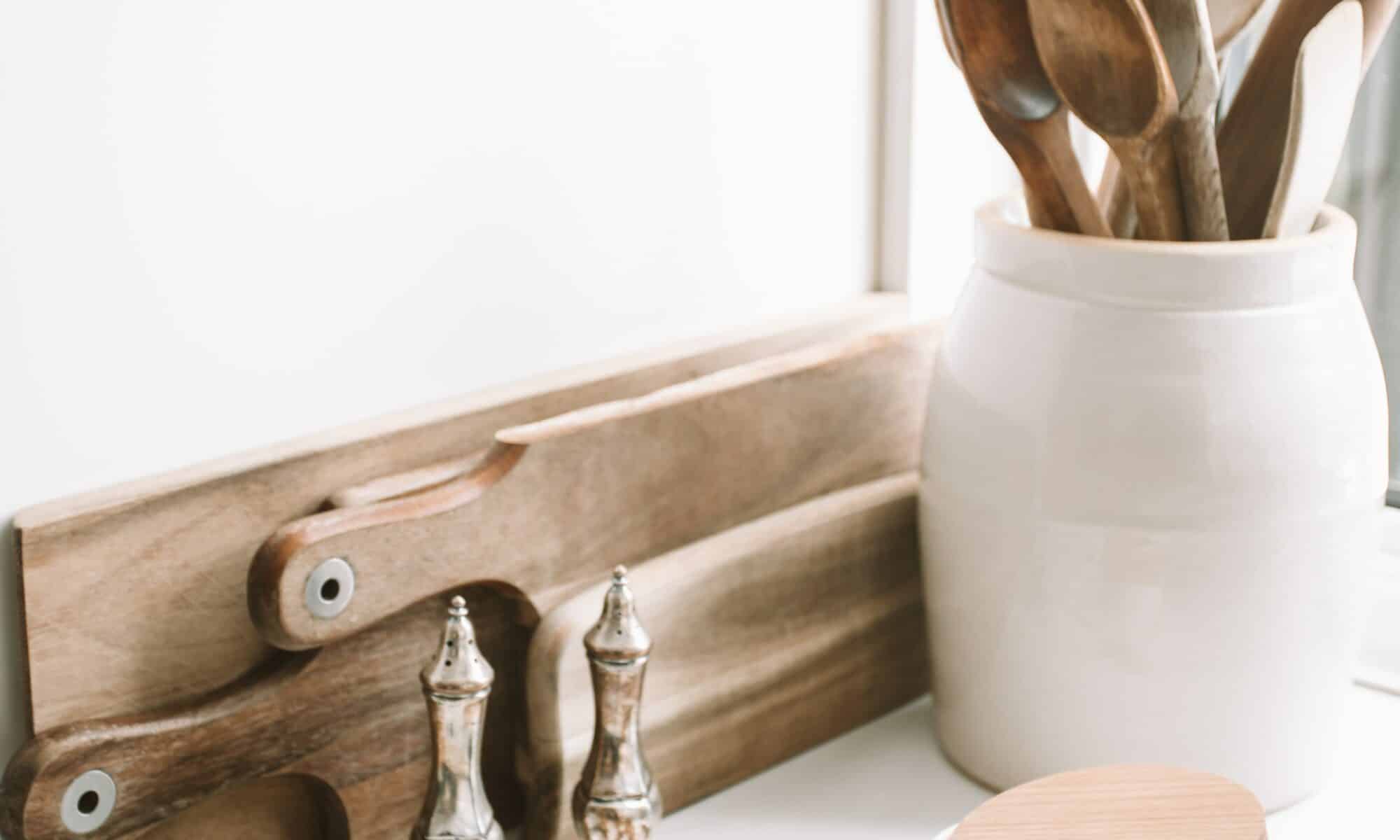Introduction to Deck Staining
As professional house painters, we often get asked about the importance of staining a deck. Many homeowners want to know how it contributes to the overall aesthetics and longevity of their outdoor spaces. Well, we’re here to break it down for you and help you understand the basics of deck staining.
Why is Staining Your Deck Important?
First off, let’s tackle why staining your deck is a crucial aspect of home maintenance. The most apparent reason is aesthetics. A well-stained deck looks clean, vibrant, and inviting, significantly enhancing your home’s curb appeal. But that’s not all. Staining is also a practical step in preserving your deck’s longevity.
When we stain a deck, we’re adding a protective layer to the wood. This layer prevents harmful factors like UV rays, moisture, and even insects from damaging the wood. Without this protection, your deck could suffer from warping, cracking, and other forms of damage. For more on this, you can check our article on 7 signs it’s time to refinish your deck.
Understanding the Basics of Deck Staining
Now that we’ve covered why staining your deck is essential let’s delve into some basics. Deck staining is a process that involves several steps, including cleaning, choosing the right stain, and applying it correctly.
The first step is cleaning your deck thoroughly to remove any dirt, grime, or old stain. This ensures that the new stain adheres properly and lasts longer. The next step is choosing the right stain. The best stain for your deck will depend on factors such as the type of wood, the climate, and your desired look. Lastly, applying the stain correctly is paramount. This involves using the right tools, applying the stain in the right weather conditions, and allowing it to dry fully before using the deck.
We’ll be covering all these steps, plus our ‘6 essential tips for staining your deck like a pro’ in the following sections. So, whether you’re a DIY enthusiast or you’re thinking of hiring a house painter contractor, this guide will provide valuable insights.
Stay tuned as we demystify deck staining and help you transform your deck into a beautiful and long-lasting addition to your home.
Pre-Staining Preparations
Before you dive into staining your deck, it’s crucial to prepare appropriately. Like we always say, “Good preparation is half the job.” It involves cleaning your deck, choosing the right stain, and having the right tools.
Cleaning Your Deck
A clean deck is a happy deck! Before applying any stain, ensure your deck is clean and free from dirt, mildew, and old paint. Use a deck cleaner to thoroughly clean the surface and a pressure washer to rinse it off. Don’t forget to let it dry completely before moving on to the next step. For an in-depth guide on how to clean your deck, check out our article on 7 signs it’s time to refinish your deck.
Choosing the Right Stain
Choosing the right stain can be a bit tricky. You’ll need to consider factors like the type of wood, the climate, and the desired look. Transparent stains offer a natural look but may not provide the best protection. Semi-transparent stains offer a balance between aesthetics and durability. Solid stains offer the best protection but may mask the wood’s natural beauty. It boils down to your personal preferences and the specific needs of your deck.
The Right Tools for the Job
Having the right tools is key to achieving pro-level results. You’ll need a paintbrush or roller for applying the stain, a paint tray, and a deck stain pad. Remember, quality tools mean a quality finish. You may also need a sander to smooth out any rough spots on your deck. For more on the tools you need for a painting job, read our article on 5 steps to prepare your home for exterior painting.
Good preparation is the first of our 6 essential tips for staining your deck like a pro. It sets the stage for a successful staining job, helping you achieve a deck that’s not only beautiful but also durable. So put on your work gloves, roll up your sleeves, and let’s get that deck looking its best!
The Six Essential Tips for Pro-Level Deck Staining
Deck staining is an art as much as it is a science, and to do it like a pro, there are a few key things you need to know. Here are our top 6 essential tips for staining your deck like a pro.
Tip 1: The Best Time for Staining Your Deck
The best time for staining your deck is in the late spring or early fall when temperatures are moderate. Extreme heat can cause the stain to dry too quickly, preventing it from penetrating the wood properly. On the other hand, colder temperatures can slow down the drying process and lead to an uneven finish.
Tip 2: Paying Attention to the Weather
Before you start your deck staining project, always check the weather forecast. Ideally, you want to stain your deck when there is no rain in the forecast for at least 24-48 hours. Rain can wash away the stain before it has a chance to dry, wasting your time and effort.
Tip 3: Applying the Stain Correctly
For an even and professional finish, always apply the stain in the direction of the wood grain. Start with a thin coat and allow it to soak in before applying a second coat. If there are any pools or puddles of stain, smooth them out with your brush to prevent an uneven finish. Our article on how to minimize color fading on your home’s exterior provides more details on proper application techniques.
Tip 4: The Importance of Thorough Drying
Patience is key after you’ve applied the stain. Let the stain dry completely before walking on the deck or placing any furniture on it. This might take anywhere from 24 to 48 hours depending on the weather and humidity levels. Rushing this process can lead to smudges or marks in the finish.
Tip 5: Maintaining Your Stained Deck
Once your deck is beautifully stained, regular maintenance will help keep it looking its best. Sweep it regularly to remove dirt and debris, and clean it with a deck cleaner once or twice a year to prevent mold and mildew buildup. If you notice the stain starting to wear off, it might be time for a touch-up. Check out our article on 7 signs it’s time to refinish your deck for more tips on maintenance.
Tip 6: Knowing When to Call a Professional
While staining a deck is a doable DIY project, there are times when it’s best to call in a professional. If your deck is large, multi-leveled, or needs extensive prep work, hiring a professional house painter contractor can save you time and ensure a high-quality finish.
Remember, the goal of staining your deck is not just to enhance its appearance but also to protect it from the elements. By following these 6 essential tips, you can ensure that your deck is not only beautiful but also long-lasting. Happy staining!
Common Mistakes to Avoid in Deck Staining
While our 6 essential tips for staining your deck like a pro can guide you through the process, avoiding common mistakes is equally critical to achieve a beautiful, long-lasting finish. Let’s delve into some of these errors that can impact the outcome of your deck staining project.
Rushing the Process
We get it, you want your deck to look splendid as soon as possible. But remember, good things take time. The staining process is not something to be rushed. From preparing your deck to applying the stain and letting it dry, each step requires patience and time. Rushing through any of these stages can lead to uneven application, blotchy areas, or a finish that doesn’t last. Make sure you dedicate adequate time to each part of the process for a pro-level finish.
Ignoring the Wood Type
Not all wood is the same. Different types of wood have different characteristics and require different types of stain for the best results. For instance, softwoods like pine or cedar absorb stain differently than hardwoods like oak or mahogany. Using the wrong type of stain can result in an unsatisfactory finish or a deck that needs to be restained sooner than expected. Research your deck’s wood type and choose a stain specifically designed for it. If you are unsure, consult with a professional house painter contractor.
Skipping the Sealant
Staining does provide some level of protection to your deck, but for maximum durability, you should not skip applying a sealant. A sealant provides an additional layer of protection against the elements, helping to keep your deck looking great for longer. Skipping this step can leave your deck vulnerable to moisture, sun damage, and wear and tear. Make sure to apply a high-quality sealant after staining to protect your investment and extend the life of your deck.
Remember, staining your deck is about more than just enhancing its appearance. It’s about protecting your deck from the elements, extending its lifespan, and adding value to your home. By avoiding these common mistakes and following our pro-level tips, you’re well on your way to a beautifully stained deck that you can enjoy for years to come.
FAQ about Deck Staining
In this section, we’ll answer some of the most frequently asked questions about deck staining. This should help clear up any doubts you might have about the process and give you confidence to tackle your deck staining project like a pro.
How often should I stain my deck?
The frequency of staining your deck can depend on several factors, including the type of stain used, the local climate, and the amount of direct sunlight your deck is exposed to. However, as a general guideline, we recommend staining your deck every two to three years. This ensures that your deck stays protected from the elements and maintains its appearance. For more specific guidelines, check out our article on the 7 signs it’s time to refinish your deck.
Can I stain my deck myself?
Absolutely! With the right tools, materials, and a bit of patience, you can definitely stain your deck yourself. Just make sure to follow our 6 essential tips for staining your deck like a pro to ensure you achieve the best results. However, if the task seems too daunting, you can always hire a professional house painter contractor to do it for you.
What’s the difference between staining and painting a deck?
Both staining and painting serve the purpose of protecting your deck from the elements and enhancing its appearance. However, there are some key differences between the two.
Staining penetrates the wood, providing protection from within, and tends to retain the natural look of the wood grain. Paint, on the other hand, sits on the surface of the wood, providing a barrier of protection. It offers a wider range of color options and can cover up imperfections in the wood.
Choosing between staining and painting really comes down to your personal preference and the look you want to achieve for your deck. For more information on the pros and cons of each, you might find our articles on exterior painting mistakes every homeowner should avoid and 7 tips for making exterior paint jobs last longer helpful.





